Finance
How to Change Your Apple Watch Background (and Make It Truly Yours)
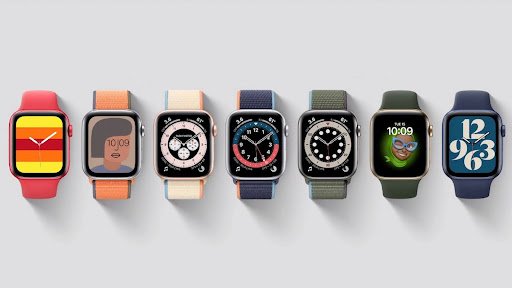
You can’t change the Apple Watch background the way you change wallpaper on an iPhone.
Instead, what Apple calls “backgrounds” are really watch faces.
You can swap them, customize them, and even use your own photos as a background.
Here’s how to do it—and how to make your watch feel more personal.
1. Change Your Watch Face Directly on Apple Watch
The quickest way is right on your wrist:
- Press and hold the current watch face.
- Swipe left or right to browse through options.
- Tap “+” to add a new one.
- Customize colors, complications, and styles.
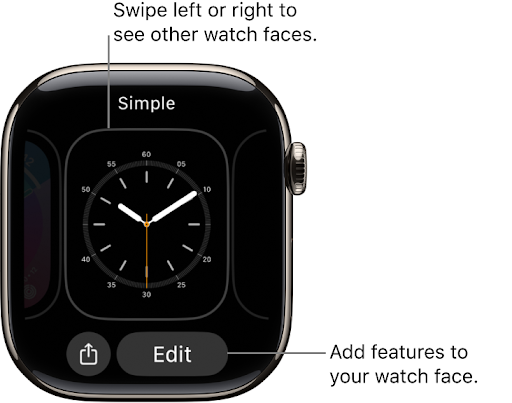
This is the method I use most often when I want a quick refresh—say, switching from a minimalist face during work hours to a fitness-focused face before heading to the gym.
2. Customize with the iPhone Watch App
If you want a bigger screen and more control, use the Watch app on your iPhone:
- Open the Watch app → Tap the Face Gallery tab.
- Browse dozens of designs, from Modular to Portraits.
- Adjust fonts, colors, and complications.
- Sync your selection to your Apple Watch.
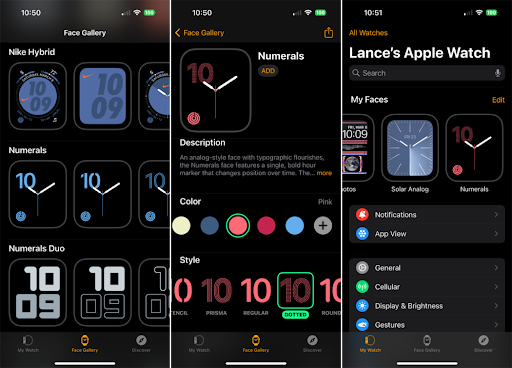
I personally find this easier when I’m experimenting with multiple designs. It’s almost like curating a little wardrobe for my watch.
3. Use Your Own Photos as a Background
This is where personalization gets fun.
- In the Watch app, go to Face Gallery → Photos.
- Choose your favorite images from your iPhone.
- Select how many you want (one photo or an album).
- Sync to your Apple Watch.
Now every time you raise your wrist, you’ll see a memory: maybe a sunset from a trip, your dog smiling at the camera, or a candid moment with family.
I once set my kayaking trip photo as the background—it instantly brought me back to that calm river whenever I checked the time.
Why People Care About Backgrounds
At first glance, changing a watch background may seem trivial. But really, it’s about identity and mood.
- A bold, digital face can feel energetic and sporty.
- A classic analog design can look elegant at dinner.
- A personal photo makes the watch feel less like tech, and more like your watch.
And here’s the subtle secret: it’s not just the face.
The watch band you pair with it transforms the vibe entirely. A casual nylon band with a beach photo feels adventurous, while a sleek leather strap with a black-and-gold watch face feels refined.
👉 If you’d like ideas on elevating your Apple Watch style, check out this post: 3 Ways to Make Your Apple Watch Look More Expensive.
Conclusion
Changing the background on Apple Watch is less about utility and more about expression. It’s a quick way to switch moods, mark a moment, or simply refresh your day.
When combined with the right band, it turns your watch into something deeply personal—sometimes sporty, sometimes elegant, sometimes just fun.
So yes, go ahead—play around with different faces and backgrounds. You may be surprised how much a small change on your wrist can influence the way you feel throughout the day.
Finance
Comprender los desafíos comunes en los casos de lesiones personales en Peachtree Corners y cómo los resuelven los abogados

Los casos por lesiones personales son de los más frecuentes en cualquier estudio de abogados, pero resultan altamente complejos para cualquier persona que deba atravesar por ello. Por eso, las víctimas buscan asesoría legal para intentar obtener una compensación económica acorde.
En estos casos hay varios puntos que resultan importantes, como la recolección de evidencia, el trato con las aseguradoras, la presentación de pruebas ante los tribunales y hasta la participación de testigos. Por eso, resulta primordial poder contar con el apoyo de un abogado de lesiones personales en Peachtree Corners, para que pueda guiar al demandante en su búsqueda de justicia.
Principales desafíos de un caso por lesiones personales
Demostrar la culpabilidad del acusado
En cualquier caso de estas características, es vital que los abogados puedan probar la responsabilidad de quien tuvo la culpa del accidente o realizó la acción que terminó en lesiones. Para esto pueden utilizarse diferentes herramientas como:
- Informes policiales
- Informes médicos y registros
- Testigos presenciales
- Fotografías o videos de la escena
Sobre esto, la National Highway Traffic Safety Administration expresa que la documentación temprana puede ser clave para establecer la responsabilidad en accidentes viales.
Conocer los plazos de la justicia
Es otro punto importante que muchas veces se pasa por alto pero que puede marcar la diferencia entre el éxito o el fracaso de un reclamo.
Las leyes marcan los tiempos de cada estado para las presentaciones de reclamos económicos por lesiones personales. Si la víctima se retrasa, podría perder su derecho a demandar.
La negociación con las aseguradoras
Las compañías de seguros muchas veces intentan disminuir el valor de las compensaciones en casos como estos, a raíz de:
- Falta de pruebas
- Responsabilidad compartida
- Daños menores
Por eso, la figura del abogado es crucial para poder evitar que se relativicen las consecuencias del incidente.
Según el Insurance Information Institute, en este sentido, las aseguradoras muchas veces tienen criterios propios y pueden minimizar el valor real de los daños si la víctima no presenta evidencia sólida.
¿Cómo puede un abogado de Peachtree Corners resolver estos casos?
Existen varias herramientas que un especialista en este tipo de incidentes puede utilizar para que la víctima reciba su compensación económica:
- Recopilación estratégica de evidencia
Un abogado con experiencia en este tema podrá saber qué tipo de pruebas son más convincentes para los jueces y cuáles podrían desestimarse.
- Negociación con aseguradoras
Con la correcta guía de un profesional, se podrán evitar manipulaciones, interpretaciones sesgadas y aceptar acuerdos apresurados.
- Cumplimiento de plazos y requisitos
El abogado deberá presentar toda la documentación de manera correcta y en tiempo y forma.
- Cálculo real de los daños
Un jurista podrá saber el monto correcto del reclamo a raíz de daños económicos, pero también no económicos que pudieran afectar a la víctima.
Algunos ejemplos pueden ser: gastos médicos, salarios perdidos, dolor y sufrimiento o terapias a futuro.
En conclusión, estos casos pueden presentar ciertos desafíos, pero con el acompañamiento de un profesional podrá superarlos de manera estratégica y obtener la indemnización correspondiente.
Finance
Dispatching Live Cargo: Best Practices for Transporting Racehorses Safely and Legally

Horses in transit can be multi-million-dollar assets. Generally, they are being moved for racing, breeding, or sales activity, all things that can easily have a six-figure-plus transaction value.
They are also living animals. They need and deserve humane treatment.
Horses can even pose a threat to handlers when they are not moved in safe, sensible ways. It’s fair enough to say that the way a horse is transported can even influence its performance relative to horse racing predictions by TwinSpires.
Let’s take a look at how to safely transport horses.
Understanding the Legal and Regulatory Framework
To begin, there are several legal conditions that any transport concerning animals must be able to meet. One factor is that animals cannot legally be transported for more than twenty-eight consecutive hours. After that period is met, they need to be unloaded and able to rest, with access to food and water for at least five consecutive hours.
There is a bit of an odd exception to this rule. Written shipper requests can extend the maximum to thirty-six hours. Why simply writing out a desire for an extended transport time overrides the ethical and practical considerations that went into the initial threshold is a little harder to parse out. Regardless, the rule is designed with animal welfare in mind.
There is also the Coggins test, sometimes called the negative equine infectious anemia test. This is required for interstate transport as a USDA requirement. It must be completed within six to twelve months, depending on the state. This can be conducted by a veterinarian along with other health certificates that are required for transportation.
State-specific requirements can further complicate the process. Every state has its own sub-qualifications for how to transport horses. Some, for example, require brand inspection, disease testing, and so on. Beyond the highway, there will usually be additional requirements set by racing commissions before recently moved horses can interact with residential populations. One of these factors is a quarantine period in which the horse is kept away from other animals for a set amount of time.
While there is lots of regional nuances, and even local rules set by tracks, that can have a big impact on how horses are moved. These considerations are important. They are sometimes a little difficult to meet, and always complicated, but there is enough standardization across the industry to make it at least reasonably comprehensible for transport companies. The goal, whether it’s achieved or not, is always to protect the animal itself as well as the populations it will be mingling with.
Vehicle Requirements
There are several required features designed to keep the driver and the animal safe. These range from sensible things like non-slip rubber matting for the floors, proper drainage to avoid the cooling of excrement, and ventilation so that the animals can breathe without experiencing the direct, intense drafts produced by highway driving.
There’s also first aid specific to the needs of horses, tools for emergency repairs, and so on.
Temperature monitoring also takes on special importance. While it may sound complex, these CDL requirements are common aspects of professional transport.
Pharmaceuticals, consumer electronics, food manufacturers, and so on may have different requirements, but they are still equally rigid.
How to Drive Horses Safely
It’s not enough to simply ensure compliance. Horses also require specific driving conditions to ensure their safety and comfort.
This involves wide turns, moderate highway speeds—no more than sixty miles per hour—caution on grades, and extra spacing between cars. It’s also advised that drivers stop every several hours to check on the horse and ensure that there are no indications of injury or heightened levels of anxiety.
Arrival and Post-Transportation Care
Once the horse arrives at its intended destination, several things must happen before it can integrate with its new stable.
The driver will typically meet with someone from the stable to verify that all of the necessary health screenings have been done and to generally evaluate the health of the animals. The idea is to ensure that the animal is safe and able to integrate without risk into the existing horse population.
The Unique Ethics of Live Transport
Professional drivers know that while the requirements we’ve described above may feel extensive, elaborate, or tedious, they’re not exactly unique. So many different industries have exhausting transportation requirements. They just take on a special kind of importance when the cargo is alive.
All of the things we’ve described above are designed to ensure consistency within the existing legal framework, but they’re also designed with ethics in mind. Horses may be valuable cargo, but they’re also living creatures with the capacity for pain and fear. Transporting them carries a unique sense of responsibility simply not seen in other forms of cargo hauling.
Finance
5 Ways An Overland Park Fence Company Can Improve Your Property
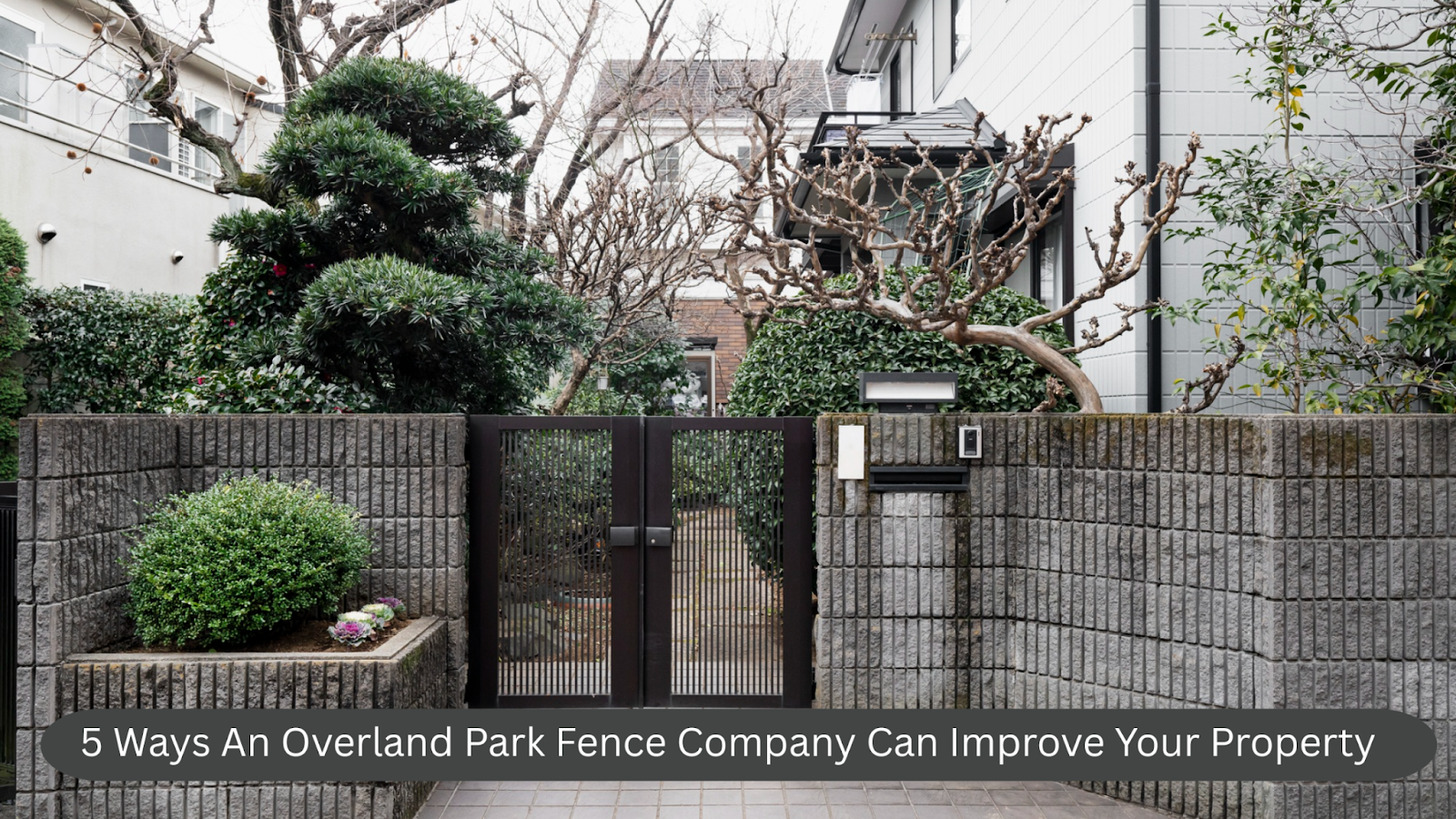
Is the real price of your house right under your nose, right outside your back door?
Most homeowners concentrate on interior remodeling, whereas the property perimeter is a virgin source of security, beauty, and monetary profit.
The proper installation in Overland Park, with its suburban character and seasonal changes, is not merely a boundary; it is a critical investment in your living space.
An Overland Park professional fence company does not only carry tools and panels.
These professionals will provide valuable insights into local zoning, soil stability, and the best materials to use to withstand the unpredictable weather conditions of Kansas.
Within the sections that follow, you will find out five ways in which an Overland Park fence company enhances your property.
Whether to keep the family safe or enhance curb appeal, professional fencing is a suitable option. Let’s dive deeper.
1. Enhance Curb Appeal and Aesthetic Value
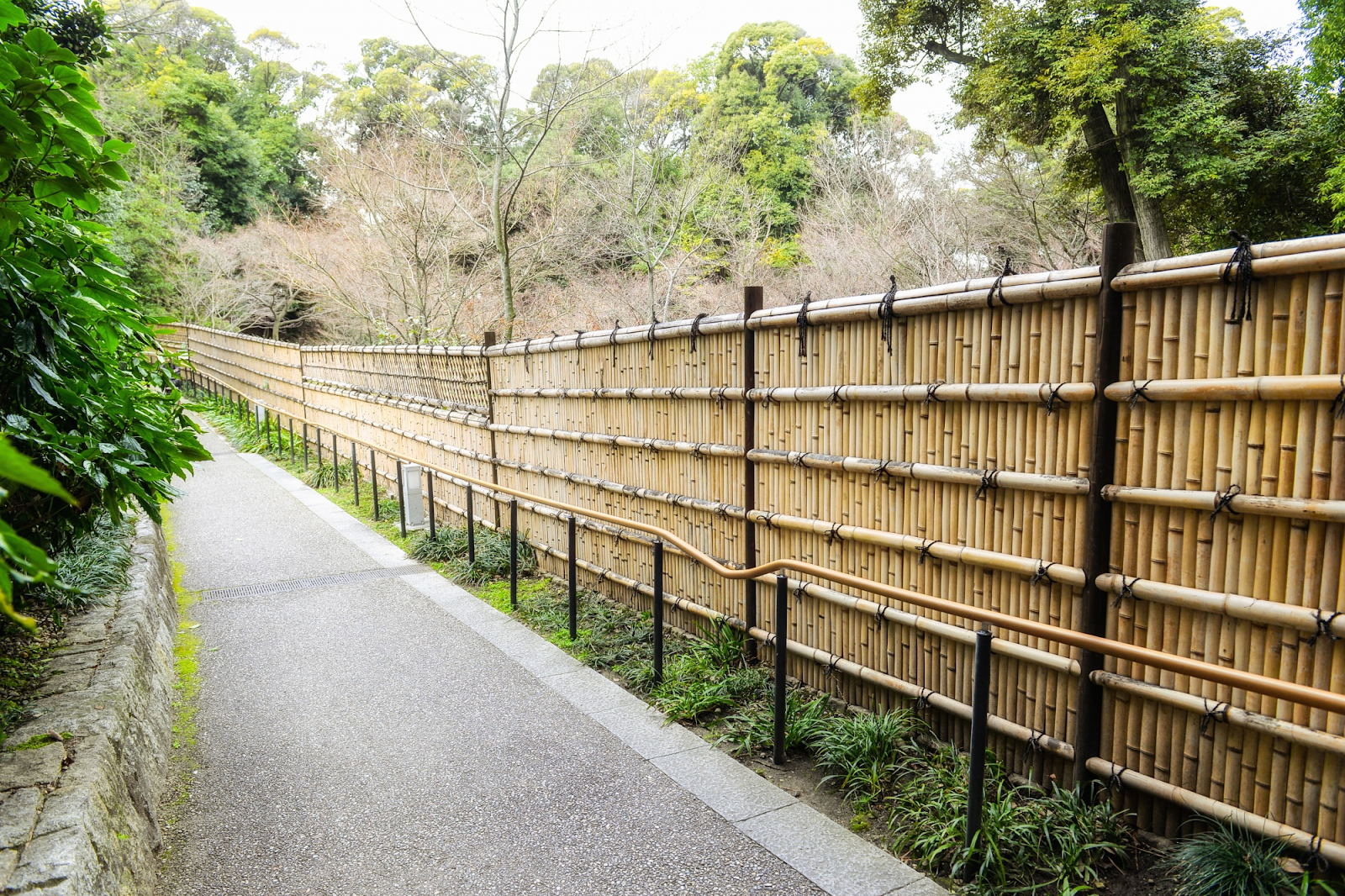
The first material visitors can see is your fence, and this virtually frames the architecture of your home.
Going into 2025, the market is moving past the generic barrier to statement fencing that will complement the style of your home.
Deep customization is achievable due to the work of professional installers, who provide materials ranging from traditional cedar to smooth, modern composites.
There is a shift towards minimalist architecture in Overland Park. Horizontal slat fencing or matte black aluminum is also used to give the landscape a smooth and modern look without making it cluttered. Key strategies include:
- Texture Matching: The matching of the fence materials to the current siding of stone veneer of your home.
- Modern Palettes: The use of strong charcoals or dark bronzes that are expected to be a leading exterior design in 2025.
To achieve this sophisticated appearance, it is essential to collaborate with a reputable Overland Park fence company.
They can strike the right balance between new trends and local HOA guidelines, ensuring that your upgrade does not disrupt the visual balance of the neighborhood.
2. Improve Property Security and Safety
The first line of defense against the intruders and unwanted wildlife is a sturdy, professionally installed fence.
A statistical survey findings on home security findings revealed that 46% of homeowners believe a privacy fence greatly improves their level of security and is among the top three security features to install in their home.
Besides the general deterrence, professional fencing covers the following safety requirements:
- Pool Safety: Fitting self-latching gates installed such that they meet the code of practice to avoid accidental drowning.
- Pet Containment: This involves establishing safe areas that allow dogs to move freely without the risk of getting out onto the road.
- Child Protection: Developing safe play areas that are visible from the front of the house but not accessible to other people.
3. Increase Property Value and Marketability

When you are ready to sell, the look of the outside of your house will make or break a deal.
In a report titled “Cost vs. Value,” there was an emphasis that exterior improvement projects – those that enhance curb appeal – are the ones that reliably deliver some of the best Returns on Investment (ROI) to sellers.
The inner tendencies become outdated quickly, whereas a high-quality fence, though well-maintained, remains a permanent treasure. This has several benefits, for example:
- Buyer Preference: Modern buyers, particularly millennials, are increasingly concerned with move-in-ready outdoor spaces. The fence that is rotting or leaning is a warning, whereas those with clean vinyl or composite is an indication of a well-maintained area.
- Defined Boundaries: The new owners have no chance of disputing the property boundaries, which provides even more peace of mind.
4. Boost Privacy and Outdoor Comfort
Due to the continued popularity of remote work and staycations, backyards are becoming increasingly a personal haven that homeowners utilize.
A fence is a vital sound and sight barrier that transforms an open yard into a private haven.
Homeowners in Overland Park often create specific outdoor rooms by installing fencing, as neighborhoods can be pretty close. These areas may include:
- Yoga Corner: A 6-foot privacy fence can be used to cover a meditation or exercise area, keeping the eyes off the street.
- Entertainment Zone: Fencing reduces the noise from the roads surrounding the home, allowing dinner parties in one’s own yard to be held close.
- Visual Screening: Preventing unsightly views of the HVAC units, neighboring driveways, or alleys.
5. Reduce Maintenance and Improve Longevity

Overland Park experiences a wide range of weather, from blazing summers to sub-zero winters.
Such freeze-thaw cycles can cause havoc for fences that have been installed poorly, leaving the posts heaving and wooden pieces warped.
Local professionals utilize installation techniques and materials specifically designed for this climate. For example:
- Deep Post Setting: Posts should be driven deep into the ground to prevent movement.
- Quality Materials: Pre-treated lumber or high-quality vinyl that is resistant to UV fading and moisture rot should be used.
- Protective Coatings: Coating wood fencing with professional quality sealants that last years longer than coatings found in the stores.
Why Hiring a Local Overland Park Fence Company Matters?
On one hand, the DIY path is quite alluring, but fencing is not as easy as it may seem.
Local professionals navigate the bureaucratic maze of zoning rules and property line boundaries in the City of Overland Park, thereby avoiding expensive litigation in the future.
Moreover, they know the local soil difference- clay vs. rocky ground- of which anchoring techniques will actually be effective in the storm.
- Speed: Experts can accomplish tasks in days that a homeowner might take weeks to complete.
- Warranty: Well-known brands often support their own manufacturing, which can save you money on future repairs.
- Community Trust: Established local businesses are heavily dependent on their reputation, which means they are willing to produce high-quality outcomes.
Conclusion
The fence is more than just a piece of wood or metal. This structure is a comprehensive item that protects your home, enhances its beauty, and adds value to it.
The advantages of professional fencing are evident, both in the short term, based on curb appeal, and in the long term, based on the ROI, which can be verified by market research.
Because of this, it’s best not to leave the potential of your property to the back door. Contact a reliable Fence installation firm in Overland Park.
The moment you do, you’ll receive a free quote today to discover how the best fence can transform your outdoor living environment for the better.






